HOW ACE PHOTOGRAPHER TURNED FILMMAKER REHMAT RAYATT IS USING HER CAMERA TO CAPTURE HUMAN STORIES
by ASJAD NAZIR
Ace British photographer Rehmat Rayatt has shown through her impressive body of work that she has an eye for the unusual and an ability to capture something unique.
She has used that visionary ability in powerful new movie Toxification, which premiered at the recent UK Asian Film Festival. The documentary tells the true-life story of the devastating impact of fertilisers and pesticides.
More than 16,000 of farm workers have allegedly committed suicides in a 15-year period; many farm workers also suffer from physical and mental illnesses.
The eye-opening documentary signals the arrival of a new filmmaking talent.
Eastern Eye caught up with Rehmat to talk about life in photography, her future plans, Toxification and the challenges of making it.
What first got you connected to photography?
My grandfather, Bhai Gurmit Singh Virdee, was a photographer. I grew up surrounded by excited conversations about shutter speed and aperture, and still remember the moment I picked up my father’s DSLR and began shooting with it, around 11 years old. The camera had been recommended by my grandfather who had the same model; a Nikon D70. My first time shooting on film was when I was 14 and needed to take an inexpensive camera with me on my first solo trip to India. From that moment, I was hooked and went on to study photography at A-levels and for my degree.
How did you feel having your first photography exhibition?
My first photography exhibition of all my work, in Newcastle in 2016, was extremely humbling. To have my photographs take up three floors of an entire gallery was surreal. Another huge moment was being asked to exhibit my series of work, Don’t Fence Me In, at the Southbank Centre London as part of the Women Of The World festival. I feel so blessed to have been given incredible opportunities to share my work with such large audiences. It’s not easy navigating your way in a male-dominated industry, and I hope that my success inspires other women to take up careers within industries that are traditionally associated with men.
Which of your photographic projects is closest to your heart?
Portraits of my Grandmother is a work in progress, a project inspired by my photographer grandfather. Naturally, he took thousands of photographs of his wife, my grandmother, documenting beautifully the story of migration from East Africa to the UK. He passed away suddenly, and without knowing why I was doing it, I began almost desperately photographing my grandmother. In hindsight, it became my way of coping with the grief. For around 10 years I’ve been capturing my grandmother’s experience of loss and connection with her faith. The series begins with photographs taken by my grandfather and continues in my photographs.
Tell us, what is the secret of capturing the perfect photograph?
Don’t think. Just feel. It’s easy to get caught up in the technical side of photography, but that’s only the beginning. Go beyond that - it will free your mind to enter the state of ‘flow’, which is where creativity happens. One of my favourite photographers, Henri Cartier-Bresson, said, ‘your first 10,000 photographs are your worst’ and I think this is what he was getting at.
How did you go from photography to documentary making?
My degree was in fine arts photography, and the focus was on expression; to think critically and creatively and to push boundaries. My lecturers taught me that art has no boundaries and expression is fluid, so when I began to make films they were extremely supportive. In fact, my final piece of work, which was exhibited at The Old Truman Brewery in London as part of my graduation show Paradalia, was a short film.
What led you towards Toxification?
Back in 2014 when filmmaker Leva Kwestany and I discussed ideas for a short documentary, I suggested the topic of farmer suicides in Punjab. I had read statistics from scholars, but I wanted to find out at the grassroots level what the situation was.
We flew out and spent a month filming, travelling around Amritsar, Anandpur and the farmlands of Sangrur (in north India). When we began editing, we quickly realised that this was not a short film; at over an hour long it is a feature in its own right, unplanned, but extremely moving and inspiring.
Tell us about the documentary?
The documentary uncovers the link between drug abuse, overuse of chemicals on agriculture and farmers suicides, something that I haven’t seen in any films about the subject. It is a harrowing story of mental health issues and the struggle for survival in the families left behind, but it also highlights the incredible work being done in Punjab and captures the Punjabi fighting spirit, which is about never giving up.
Tell us more...
We interviewed farmers, agricultural experts, government ministers and drug rehabilitation experts, and I’m proud to say that the film captures real, authentic stories. So many documentary makers have ulterior motives to steer a documentary in a certain direction, but our only goal was to amplify the voices of those whose stories need to be heard.
What was the biggest challenge of making it?
From start to finish, the film has been almost entirely self-funded. From the moment I realised that Toxification was a feature film, my life changed forever, because no longer was this a short-term project that could be completed on weekends around work. Leva and I took months off work to edit together, and when we realised that we needed a sound designer and soundtrack, we crowd-funded for this. It took four years to complete the film, and even longer to work on producing and distributing it; it’s truly been a labour of love.
Were there moments when you considered giving up and leaving the film unfinished?
Yes, there were, but my moral responsibility to bring the stories of the farmers to a wider audience wouldn’t allow me to walk away. I’m humbled to have been able to capture something so powerful, and indebted to the farmers for sharing their stories so openly. The challenge now is to ensure it is screened as widely as possible, and we’re currently looking for sponsors to fund future screenings; anyone interested can get in touch.
How does your creative approach change from photography to documentary making?
A lot of people say that photography and filmmaking are similar, but in my view, they are two completely different disciplines. Photography is about capturing the feeling of an entire moment in a fraction of a second, in one carefully-positioned frame. Filmmaking is about capturing moments as sequences, using sound and movement to portray feelings. Each requires a completely different set of skills – not just technically, but in the way we see the world.
What was the biggest thing you learned personally from the documentary?
I learned that making a feature film is not easy. I learned about the filmmaking process as well as how to produce. I learned perseverance; to drag myself back into the edit suite when the emotional content is so draining that it’s the last place I’d rather be.
Most of all, I learned about Punjabi resilience. Some of the people we interviewed are in such dire situations, but I learned that there is always hope and something to feel grateful for. Amarjit Singh, an elderly farmer addicted to opiates, thanked me after his interview was over. He told me that no one had ever asked to hear his story. I hope to keep amplifying the voices of those who are never heard, so we can understand more about the world around us and the roles we play.
How did you feel having the premiere at the UK Asian Film Festival?
I’ve loved UKAFF for years, and it was a dream come true for Toxification to premiere at this year’s festival. Seeing a film I poured my blood, sweat and tears into for so many years on the big screen was humbling, and knowing the hard work I’ve put into it in the past four years, I definitely felt a sense of achievement.
What has the response been like to it?
The response was phenomenal. There wasn’t a dry eye in the entire cinema and many people came to thank me afterwards. The fact that audiences are moved to tears shows what a powerful film it is. Some of the quotes from the audience survey during UKAFF, included, “very emotional and eye-opening”, “absolutely brilliant”, “educational”, “very inspiring” and “it was so so moving, honestly, it really affected me. I’m still reeling from it”.
What are you hoping audiences take away from this film?
I hope they gain a new understanding of the effects of the Green Revolution on the farmers of Punjab. I hope they feel inspired to look deeper into the food they consume. I hope they take away a sense of beauty; of the land of Punjab, of its people and of the filmmaking process.
What further projects can we expect next from you?
I’ve recently been commissioned by BBC, Arts Council and Screen South to make a short film, but I’d also like to make a documentary about female infanticide in India. In terms of my photography, I’m hoping to exhibit Portraits of my Grandmother in the future.
And finally, what inspires you creatively?
Every idea and concept are out there waiting to be explored. Being in nature, watching documentaries and having conversations with other creative people help me to access that creative space.
www.rehmatrayatt.com, www.toxification.com, Instagram: @rehmatphotofilm, @toxificationdoc, Twitter: @rehmatrayatt, @toxificationdoc





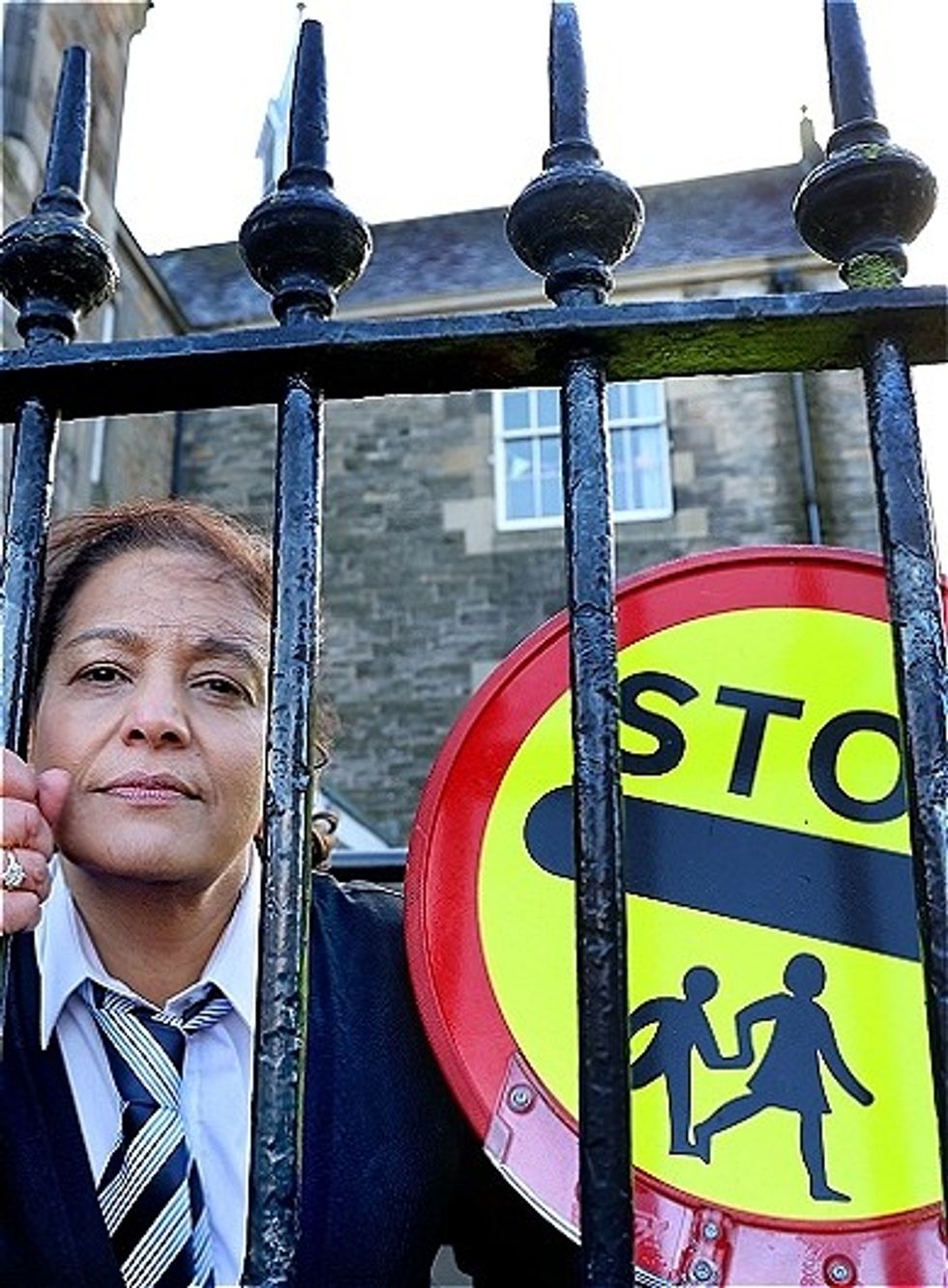 Lunchbox is a powerful one-woman show that tackles themes of identity, race, bullying and belongingInstagram/ lubnakerr
Lunchbox is a powerful one-woman show that tackles themes of identity, race, bullying and belongingInstagram/ lubnakerr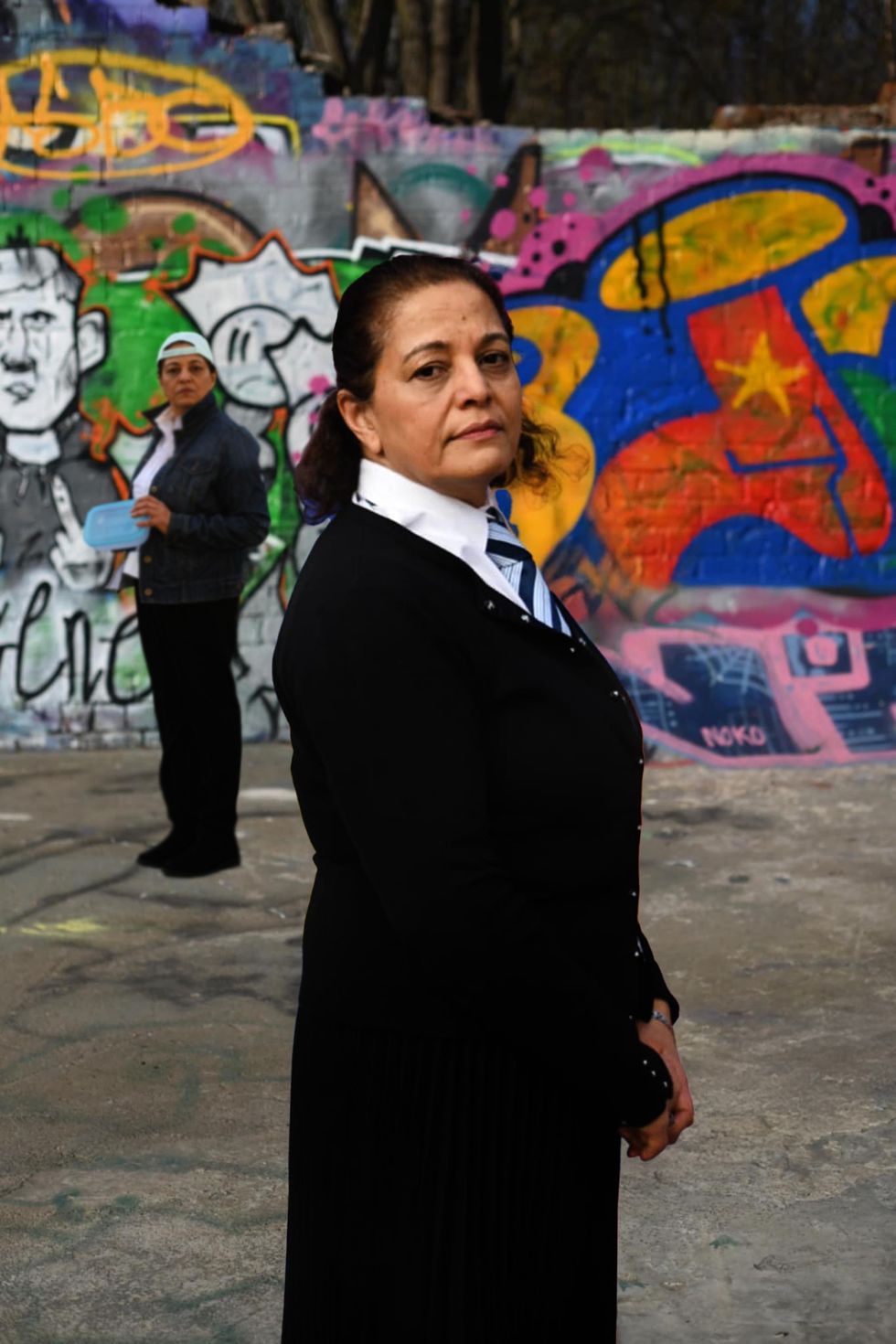 She says, ''do not assume you know what is going on in people’s lives behind closed doors''Instagram/ lubnakerr
She says, ''do not assume you know what is going on in people’s lives behind closed doors''Instagram/ lubnakerr








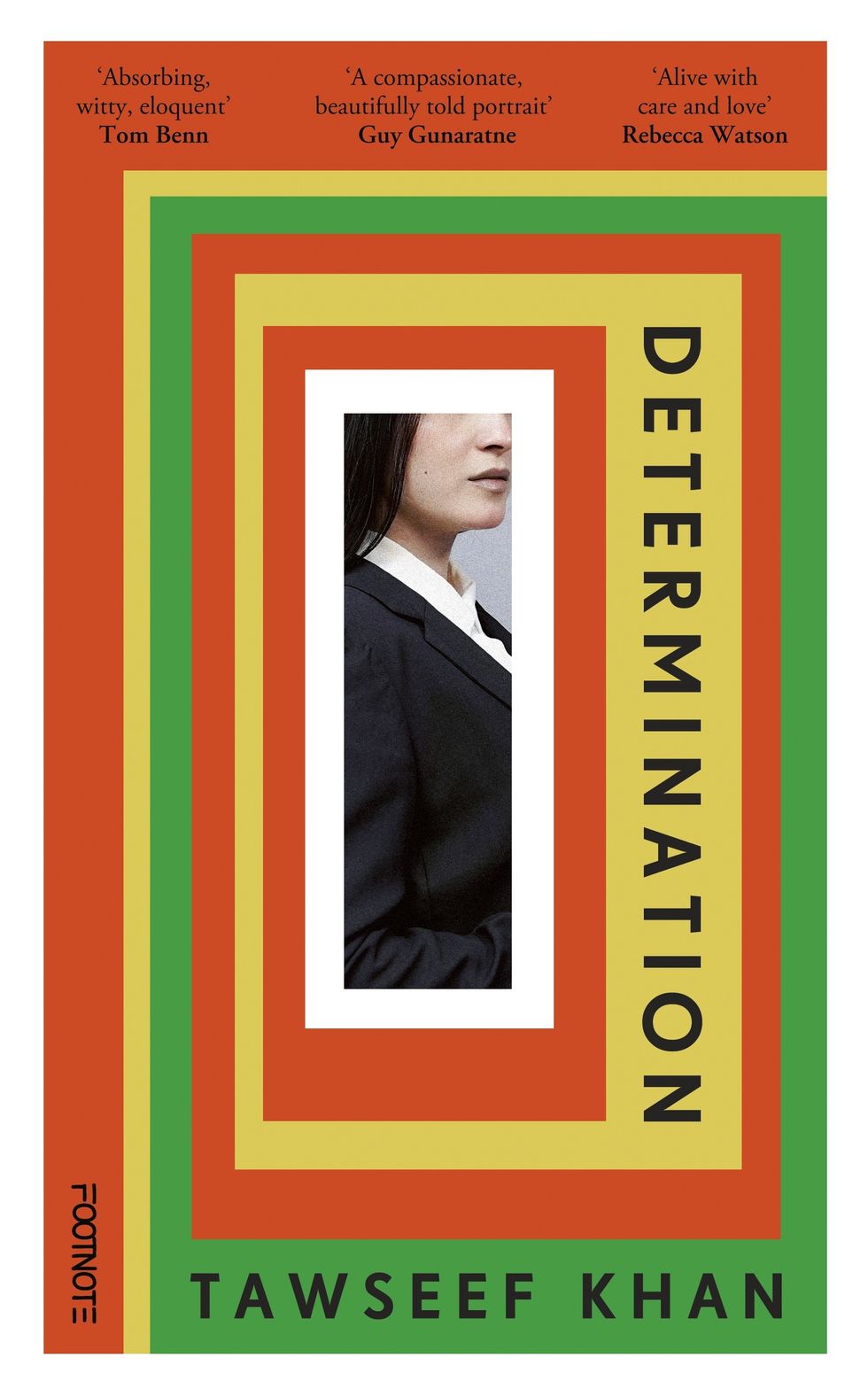 He says "immigrants are the lifeblood of this country"Instagram/ itsmetawseef
He says "immigrants are the lifeblood of this country"Instagram/ itsmetawseef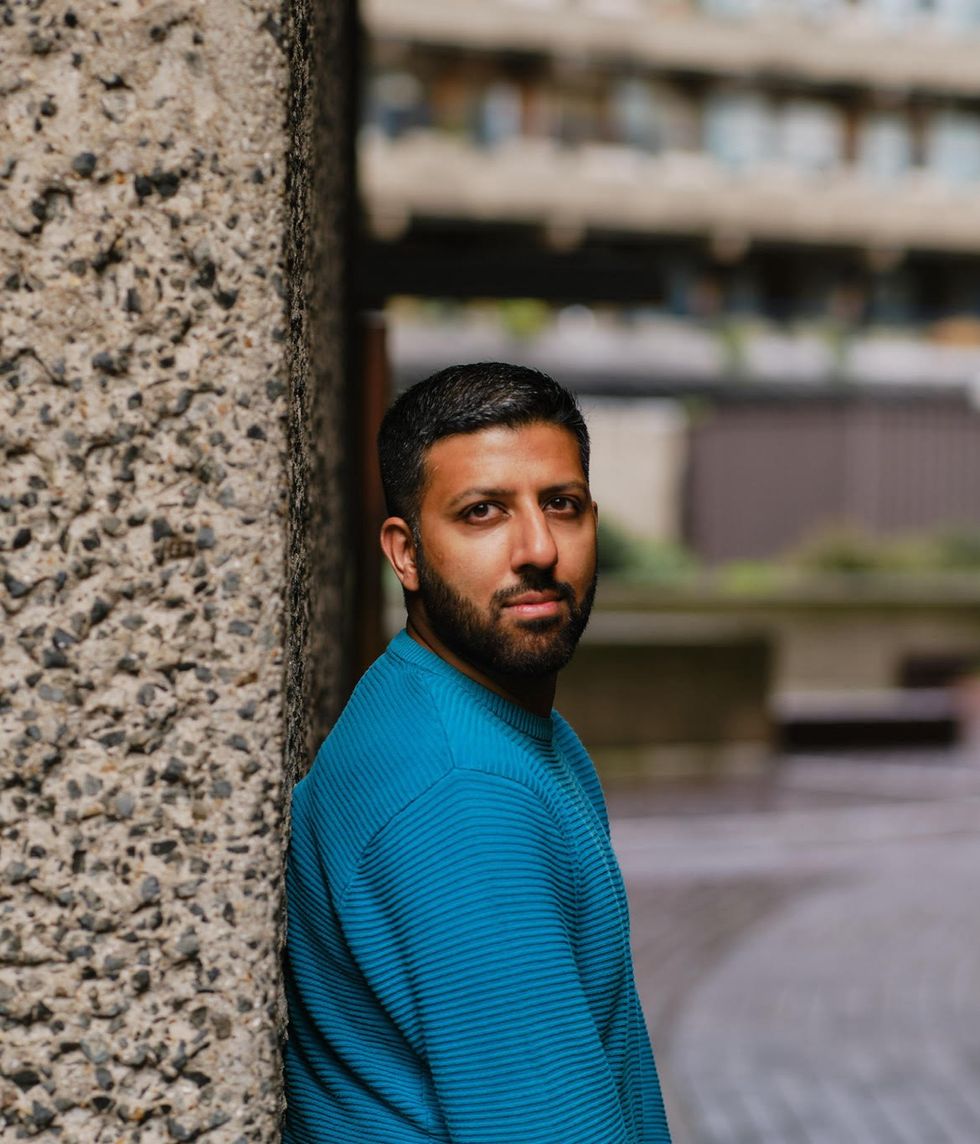 This book is, in a way, a love letter to how they raised meInstagram/ itsmetawseef
This book is, in a way, a love letter to how they raised meInstagram/ itsmetawseef
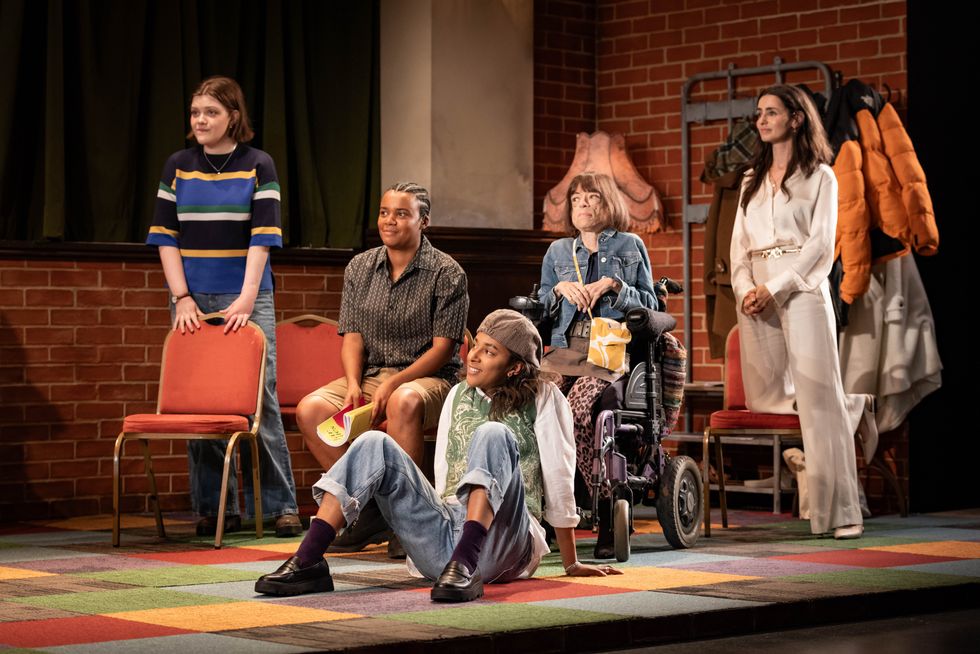 The crew of The Ministry of Lesbian Affairs
The crew of The Ministry of Lesbian Affairs
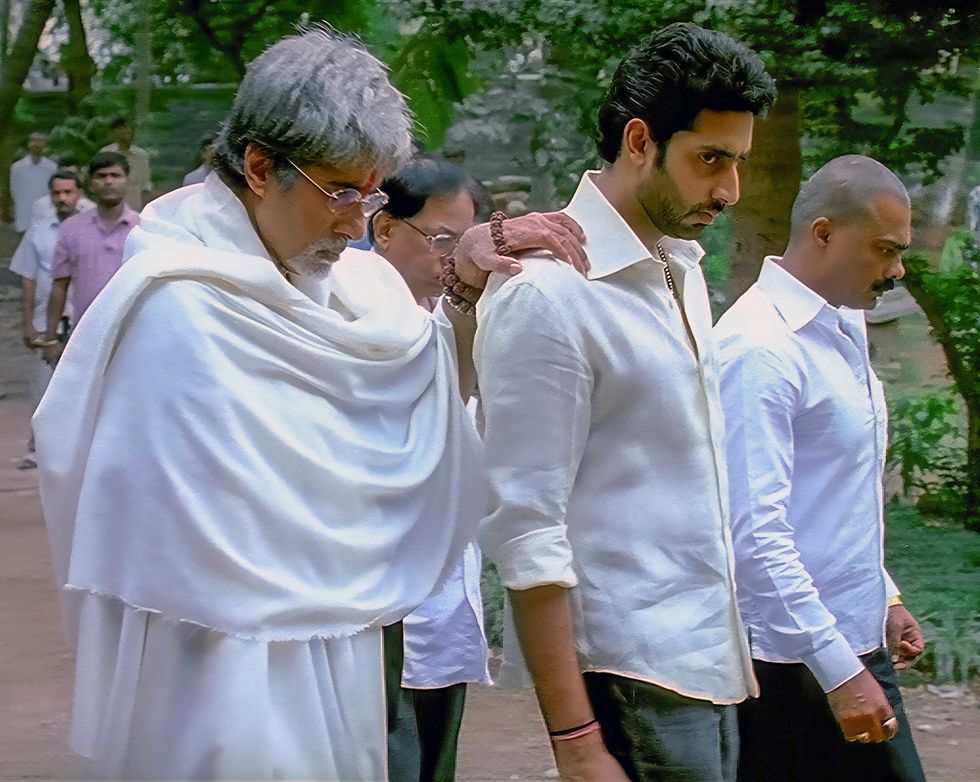 A still from Sarkar, inspired by 'The Godfather' and rooted in Indian politicsIndia Glitz
A still from Sarkar, inspired by 'The Godfather' and rooted in Indian politicsIndia Glitz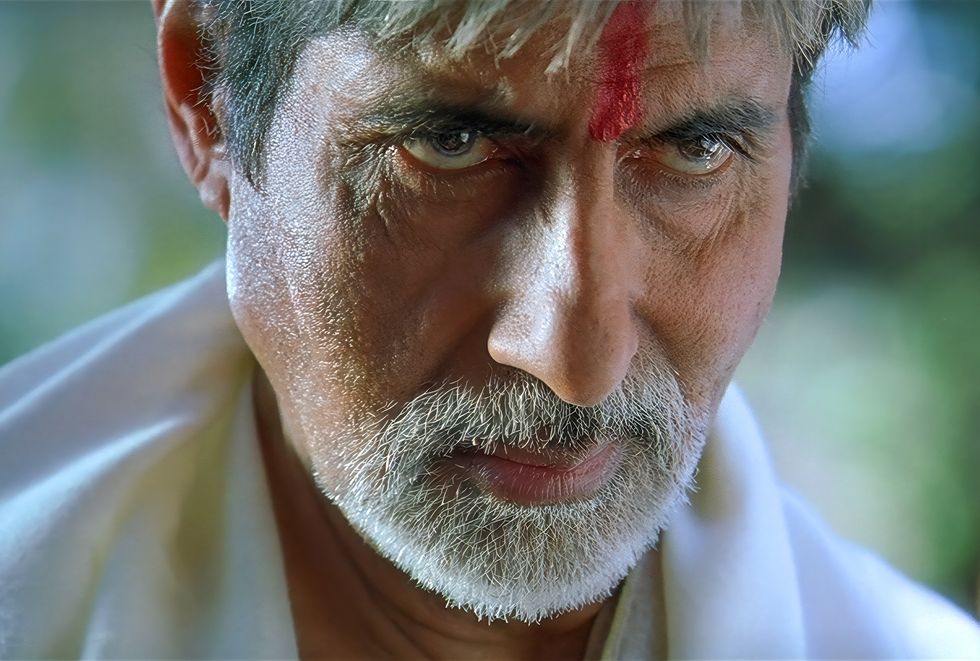 Sarkar became a landmark gangster film in Indian cinemaIndia Glitz
Sarkar became a landmark gangster film in Indian cinemaIndia Glitz The film introduced a uniquely Indian take on the mafia genreRotten Tomatoes
The film introduced a uniquely Indian take on the mafia genreRotten Tomatoes Set in Mumbai, Sarkar portrayed the dark world of parallel justiceRotten Tomatoes
Set in Mumbai, Sarkar portrayed the dark world of parallel justiceRotten Tomatoes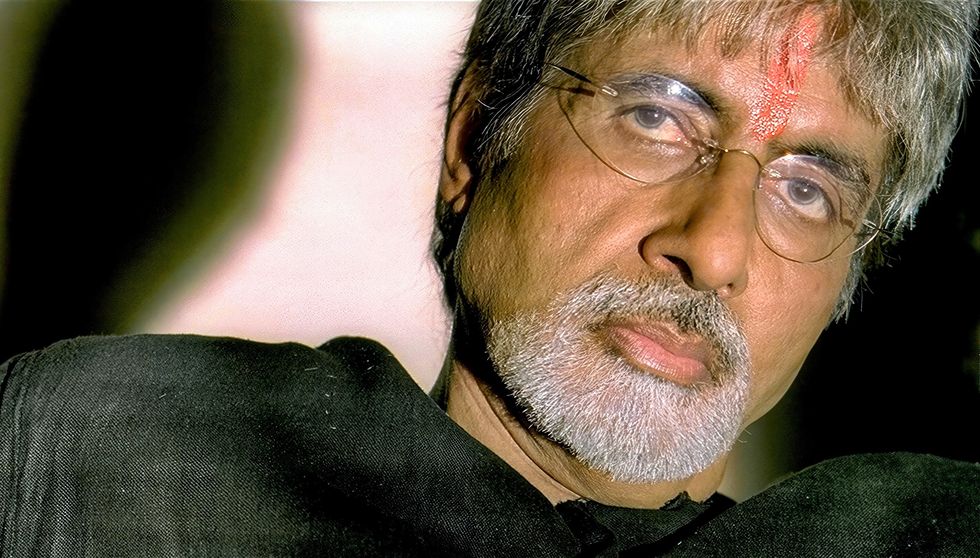 Ram Gopal Varma’s Sarkar marked 20 years of influence and acclaimIMDb
Ram Gopal Varma’s Sarkar marked 20 years of influence and acclaimIMDb
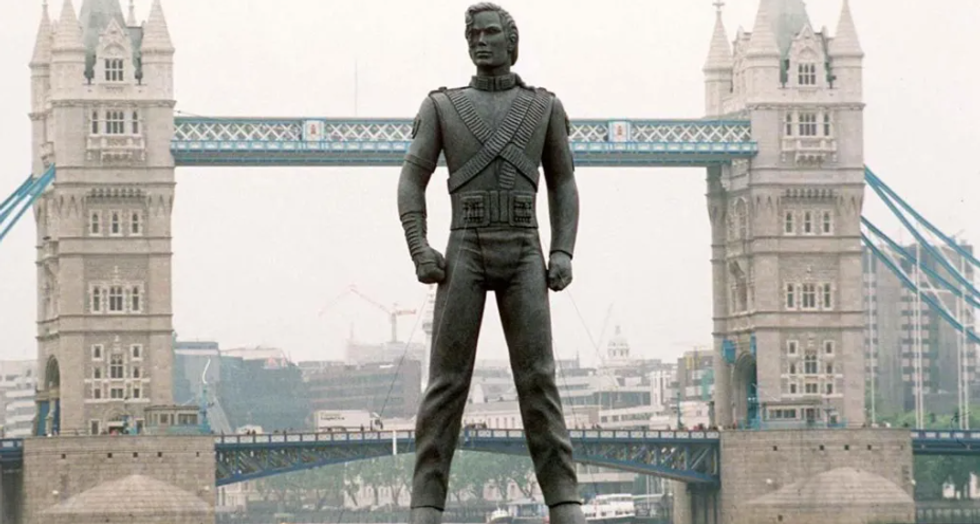 The statues were the product of a transatlantic effortGetty Iamges
The statues were the product of a transatlantic effortGetty Iamges